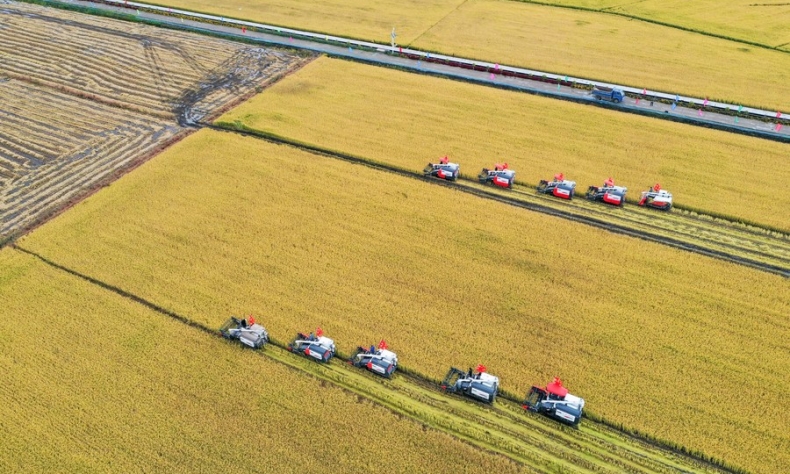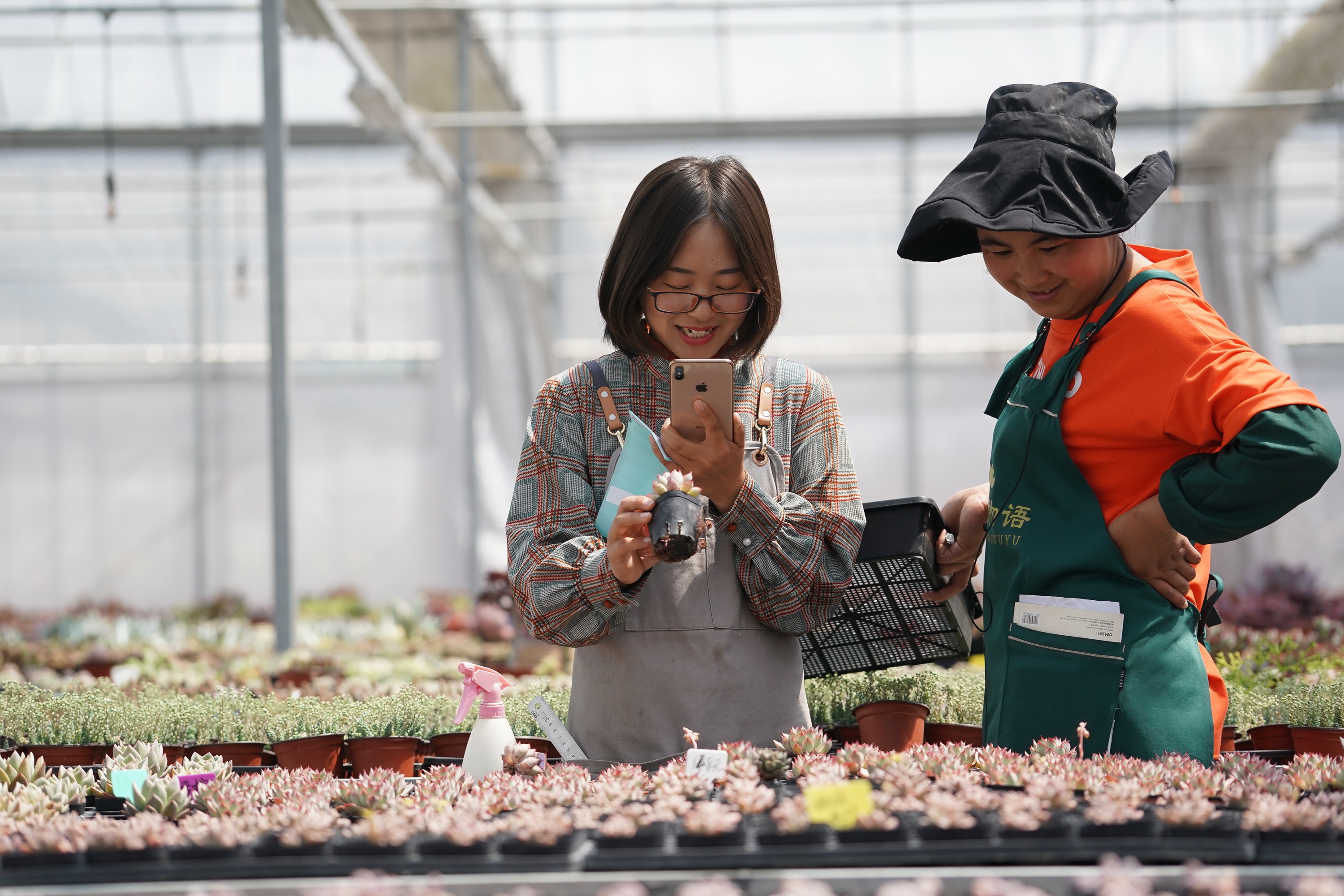All-Round Rural Revitalization

Rural revitalization efforts aim to build a strong agricultural sector and ensure even development between urban and rural areas.
The Central Rural Work Conference, the highest-level conference on issues relating to agriculture, rural areas and rural people in China, took place in Beijing on December 23-24, 2022.
Pursuing the goal of rural revitalization is part of the Central Committee of the Communist Party of China’s (CPC) efforts to build a powerful modern socialist country in all respects.
Throughout the process of economic and social advancement, China has faced a stark imbalance of urban and rural development. Its primary, secondary and tertiary industries in the vast rural areas have been left far behind those in its cities, and residents of rural areas have less disposable income than their urban counterparts. As a result, rural issues are becoming the crux of China’s economic and social development.
After eradicating absolute poverty in late 2020, China reiterated the goal of revitalizing its rural areas. The idea has gradually become more ingrained in the national consciousness over the past two years. The many measures and policies adopted around the countryside have begun to show results.
This rural work conference is the first conference of its kind after the 20th National Congress of the CPC detailed the plan for carrying out the rejuvenation of the Chinese nation by following a Chinese path to modernization, which requires massive inputs of human, material and financial resources.
This conference has provided detailed guidelines on rural revitalization from four perspectives.

First, the direction of rural revitalization has been laid out. Alongside its achievements, rural revitalization has faced a number of challenges in recent years. In some places, local governments convinced rural residents to abandon their houses and relocate to apartments in tall buildings; in other places, the plans for local agricultural production have been in conflict with the will of locals. In some extreme cases, rural revitalization projects have been found to be superficial and not providing real benefits to the communities they serve. To overcome problems like these, the conference laid out clear plans for the work to be done to revitalize the five areas, including industries, competent personnel, culture, ecosystems, and organizations in rural areas, in coordinated manner.
The second is to ensure food security. China’s grain production capacity continues its steady growth. According to data from the National Bureau of Statistics, China has achieved a grain harvest of over 650 billion kg for eight straight years. The nation’s per-capita grain production hits approximately 484 kg a year, higher than the internationally recognized security line of 400 kg. However, this is no cause for complacency. Given China’s huge population, food security should always be closely monitored. As was pointed out at the conference, ensuring a stable supply of grain and essential agricultural products has always been a top priority in the efforts to build a strong country.
The key lies in the protection of arable land and management of major crop genetics. At the same time, grain farmers’ incomes must be guaranteed by raising the minimum purchase price for wheat and rice and stabilizing subsidies for corn and soybean growing, to sustain their enthusiasm for grain cultivation. The conference also highlighted the upgrading of agricultural technologies.
The third perspective is rural construction. The conference identified the need to equip rural areas with the necessary infrastructure for modern life, such as disease prevention and healthcare, senior care and education infrastructure.
The fourth is to address the shortage of labor and skills in rural areas, as most young people leave rural areas to work in cities. Despite policies encouraging college graduates, teachers and other skilled professionals to move to rural areas, villages continue to lack essential human resources. Currently, the most urgent task is to nurture more skilled and educated rural and agricultural workforce. It is additionally important to continue introducing favorable policies to attract migrant workers, college graduates, skilled workers and particularly entrepreneurs to return to their rural hometowns.
Rural revitalization efforts aim to build a strong agricultural sector and ensure even development between urban and rural areas. Achieving these goals not only improves the lives of hundreds of millions of people but is also essential for achieving China’s larger goal of becoming a comprehensively modern socialist society.
 Facebook
Facebook
 Twitter
Twitter
 Linkedin
Linkedin
 Google +
Google +










